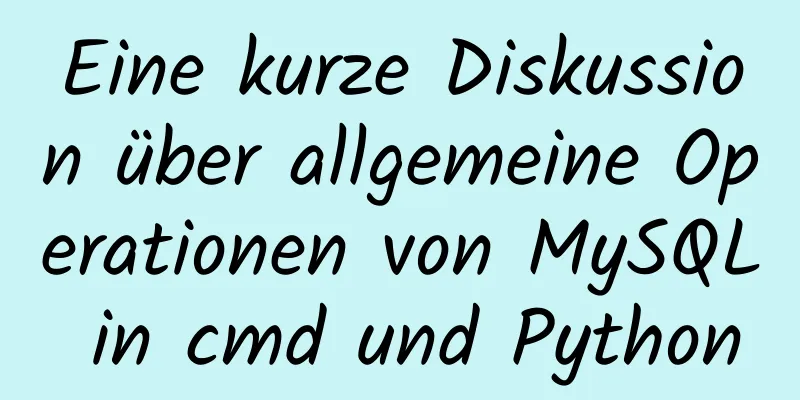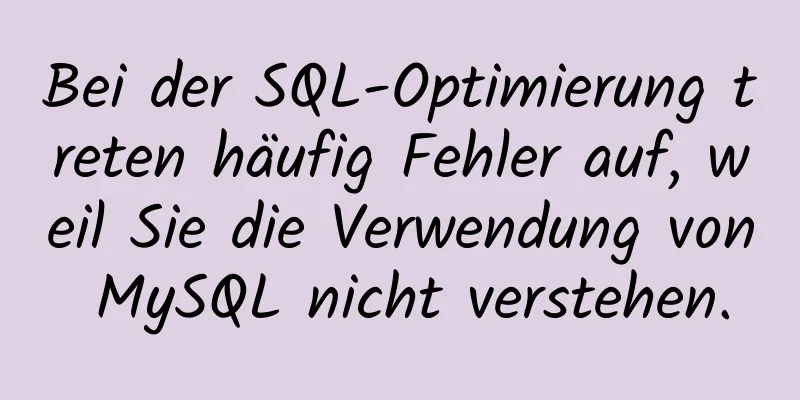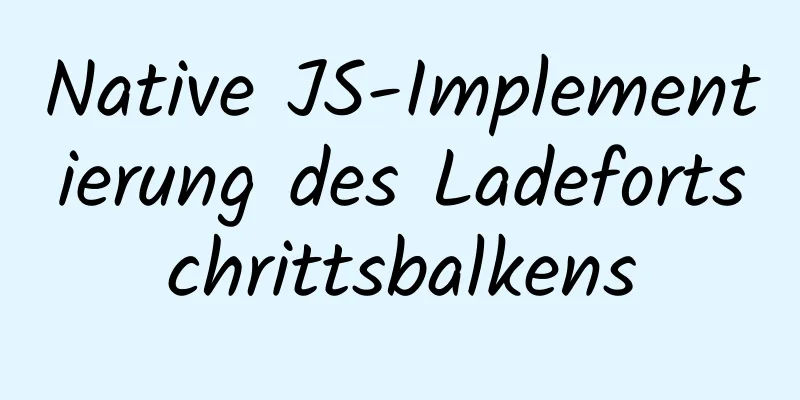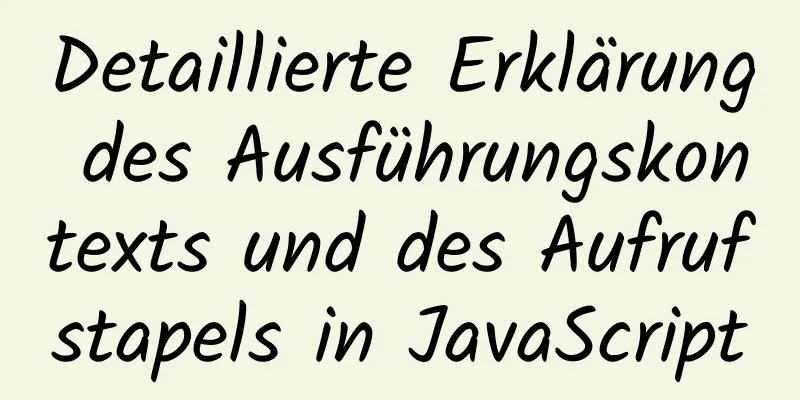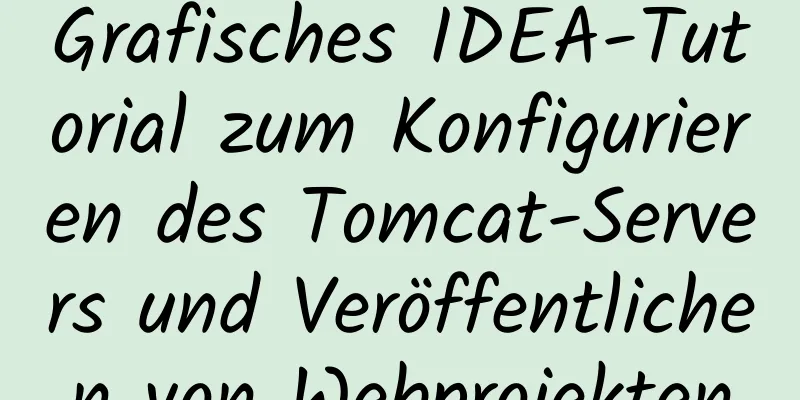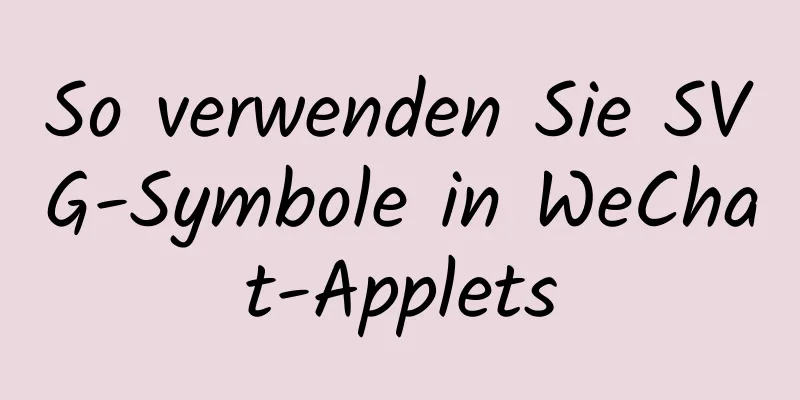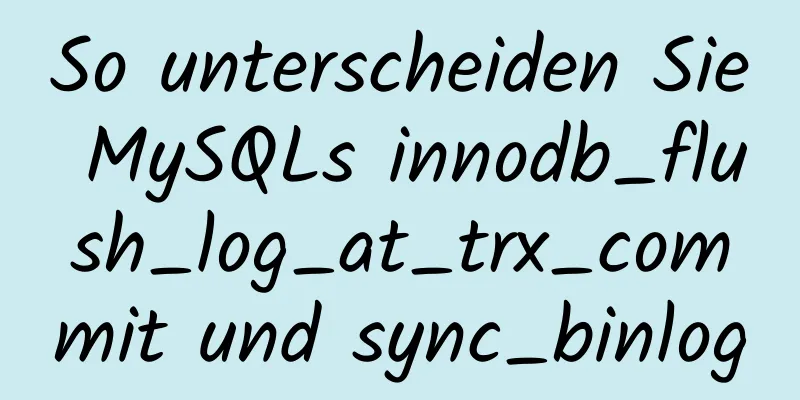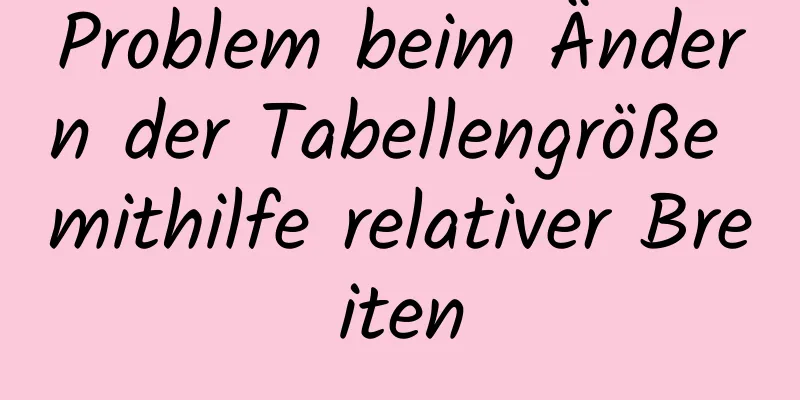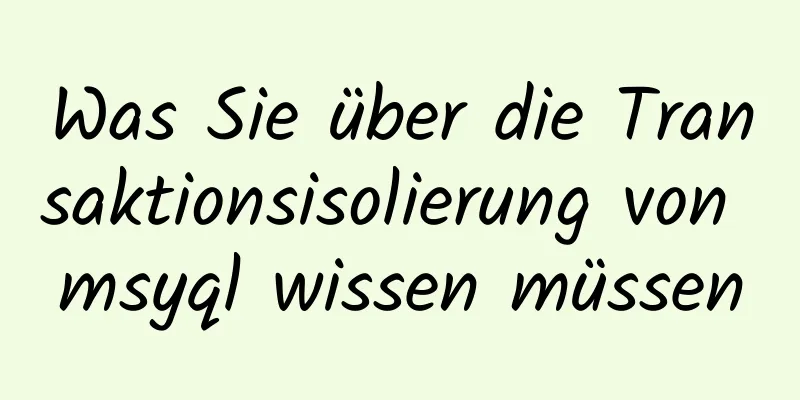js canvas realisiert kreisförmige Wasseranimation
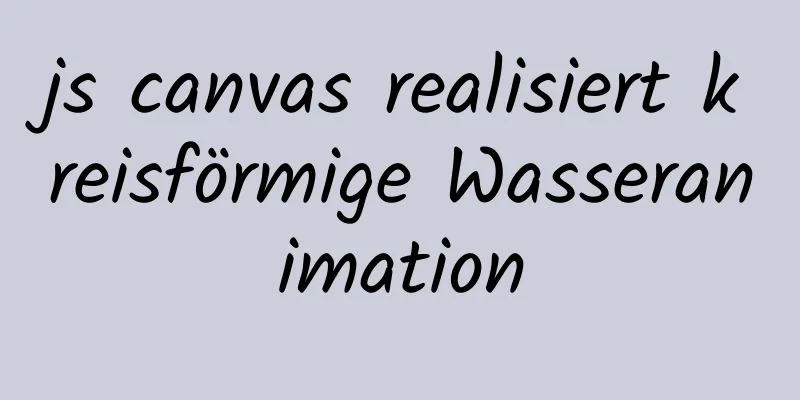
|
In diesem Artikelbeispiel wird der spezifische Code von Canvas zur Realisierung einer kreisförmigen Wasseranimation als Referenz bereitgestellt. Der spezifische Inhalt ist wie folgt VorwortAnzeige von Spezialeffekten Effektanzeige
Code-SchaufensterHauptseite
<!DOCTYPE html>
<html lang="de">
<Kopf>
<meta charset="UTF-8">
<meta http-equiv="X-UA-kompatibel" content="IE=edge">
<meta name="viewport" content="width=Gerätebreite, Anfangsmaßstab=1.0">
<title>Dokument</title>
<!-- <link rel="stylesheet" href="style.css" > -->
</Kopf>
<Text>
<script src="main.js"></script>
</body>
</html>Haupt-JS
/*
* Noel Delgado - @pixelia_me
*/
(Funktion() {
var ctx, w, h, cx, cy, PI, PI_HALF, cos, sin, zufällig, Linienbreite, C,
Ringe, Ringlänge, Daten;
ctx = document.createElement('canvas').getContext('2d');
b = 600;
h = 600;
cx = (w / 2);
cy = (h / 2);
Ringe = [];
RingeLänge = 0;
PI = Math.PI;
PI_HALB = PI / 2;
cos = Math.cos;
sin = Math.sin;
zufällig = Math.zufällig;
Linienbreite = 0,2;
C = ["#ABF8FF", "#E76B76", "#1D2439", "#4F3762", "#67F9FF", "#0C0F18"];
Daten = [
/* Ring {t:Gesamtpartikel, r:Radius, d:Entfernung, s:Geschwindigkeit, c:Farbe} */
[
{t:80, r:(cx-10), d:40, s:30, c:C[1]},
{t:60, r:(cx-20), d:40, s:80, c:C[2]},
{t:20, r:(cx-30), d:20, s:80, c:C[2]},
],
[
{t:80, r:(cx-80), d:40, s:40, c:C[4]},
{t:80, r:(cx-90), d:20, s:40, c:C[4]},
{t:20, r:(cx-100), d:20, s:40, c:C[2]},
{t:40, r:(cx-110), d:20, s:40, c:C[2]},
],
[
{t:60, r:(cx-160), d:40, s:20, c:C[2]},
{t:20, r:(cx-170), d:30, s:60, c:C[2]},
{t:40, r:(cx-180), d:40, s:60, c:C[2]},
],
[
{t:40, r:(cx-230), d:40, s:20, c:C[5]},
{t:20, r:(cx-240), d:20, s:10, c:C[5]},
],
[
{t:10, r:(cx-290), d:10, s:10, c:C[4]}
]
];
/* */
ctx.canvas.width = b;
ctx.canvas.height = h;
Dokument.Body.AnhängenUntergeordnetesElement(ctx.canvas);
data.forEach(Funktion(Gruppe) {
var ring = [];
Gruppe.fürJedes(Funktion(Orbit, i) {
var Gesamtpartikel, Index;
Gesamtpartikel = Umlaufbahn.t;
Index = 0;
für (; index < total_particles; index++) {
var Radius, Entfernung, Geschwindigkeit, Farbe, Opazität;
Radius = Umlaufbahn.r;
Entfernung = Umlaufbahn.d;
Geschwindigkeit = zufällig() / Umlaufbahn.s;
Geschwindigkeit = i % 2? Geschwindigkeit : Geschwindigkeit * -1;
Farbe = orbit.c;
Opazität = orbit.o;
ring.push(neues P(Radius, Entfernung, Geschwindigkeit, Farbe, Deckkraft));
Radius = Entfernung = Geschwindigkeit = Farbe = Deckkraft = null;
}
});
Ringe.drücken(Ring);
});
RingeLänge = Ringe.Länge;
/* */
Funktion P(Radius, Entfernung, Geschwindigkeit, Farbe) {
dies.a = PI / 180;
this.d = Entfernung;
dies.d2 = (dieses.d * dies.d);
dies.x = cx + radius * cos(dies.a);
dies.y = cy + radius * sin(dies.a);
dies.c = Farbe;
dies.r = (random() * 8);
dies.R = random() > 0,5? Radius: Radius - 5;
this.s = Geschwindigkeit;
diese.pos = random() * 360;
}
Funktion zeichnen() {
var i, j, k, xd, yd, d, Ring, Ringlänge, Ringlänge2, Partikel, p2;
ctx.beginPath();
ctx.globalCompositeOperation = "Quelle-over";
ctx.rect(0, 0, b, h);
ctx.fillStyle = "#151a28";
ctx.fill();
ctx.closePath();
für (i = 0; i < Ringlänge; i++) {
ring = Ringe[i];
Ringlänge = Ringlänge;
Ringlänge2 = Ringlänge - 100;
für (j = 0; j < Ringlänge; j++) {
Teilchen = Ring[j];
Partikel.x = cx + Partikel.R * sin(PI_HALF + Partikel.pos);
Partikel.y = cy + Partikel.R * cos(PI_HALF + Partikel.pos);
Partikel.pos += Partikel.s;
ctx.beginPath();
ctx.globalAlpha = 0,12;
ctx.globalCompositeOperation = "leichter";
ctx.fillStyle = Partikel.c;
ctx.arc(Partikel.x, Partikel.y, Partikel.r, PI * 2, falsch);
ctx.fill();
ctx.closePath();
für (k = 0; k < Ringlänge2; k++) {
p2 = Ring[k];
yd = p2.y - Teilchen.y;
xd = p2.x - Teilchen.x;
d = ((xd * xd) + (yd * yd));
wenn (d < Partikel.d2) {
ctx.beginPath();
ctx.globalAlpha = 1;
ctx.lineWidth = Linienbreite;
ctx.moveTo(Partikel.x, Partikel.y);
ctx.lineTo(p2.x, p2.y);
ctx.strokeStyle = p2.c;
ctx.stroke();
ctx.closePath();
}
}
}
}
}
Funktion Schleife() {
ziehen();
requestAnimationFrame(Schleife);
}
Schleife();
})();Das Obige ist der vollständige Inhalt dieses Artikels. Ich hoffe, er wird für jedermanns Studium hilfreich sein. Ich hoffe auch, dass jeder 123WORDPRESS.COM unterstützen wird. Das könnte Sie auch interessieren:
|
<<: Verwenden Sie die Befehle more, less und cat in Linux, um Dateiinhalte anzuzeigen
>>: MySQL-Optimierung: Join statt Unterabfrage verwenden
Artikel empfehlen
Stabile Version von MySQL 8.0.18 veröffentlicht! Hash Join ist wie erwartet da
Die stabile Version (GA) von MySQL 8.0.18 wurde g...
Detaillierte Erklärung zur Verwendung des in Vue.js implementierten Kalender-Plugins
Die heute zu implementierende Funktion ist die fo...
MySQL-Grundlagen-Tutorial: Detaillierte Erklärung der DML-Anweisungen
Inhaltsverzeichnis DML-Anweisungen 1. Datensätze ...
Probleme und Lösungen für MYSQL5.7.17-Verbindungsfehler unter MAC
Das Problem, dass MYSQL5.7.17 unter MAC keine Ver...
So mounten Sie eine Festplatte in Linux
Wenn Sie eine virtuelle Maschine verwenden, stell...
Eine kurze Einführung in das Kommandozeilentool mycli zum Bedienen von MySQL-Datenbanken
GitHub bietet alle möglichen magischen Tools. Heu...
Bevor wir eine Webseite erstellen, werfen wir einen Blick auf diese sogenannten Spezifikationen
In diesem Artikel sind einige sogenannte Spezifik...
13 JavaScript-Einzeiler, die Sie wie einen Experten aussehen lassen
Inhaltsverzeichnis 1. Holen Sie sich einen zufäll...
Implementierung eines CSS-Festlayouts auf beiden Seiten und eines adaptiven Layouts in der Mitte
Analysieren Sie vier gängige Methoden und Prinzip...
Native JS realisiert einheitliche Bewegungen verschiedener Sportarten
In diesem Artikel wird eine einheitliche Bewegung...
So verwenden Sie Docker Swarm zum Erstellen von WordPress
Ursache Ich habe WordPress einst auf Vultr einger...
Verwenden Sie IISMonitor, um Webseiten zu überwachen und IIS automatisch neu zu starten
Inhaltsverzeichnis 1. Tool-Einführung 2. Arbeitsa...
Einführung in gängige Befehle und Tastenkombinationen in Linux
Inhaltsverzeichnis 1 Systemeinführung 2 Systemver...
Starten Sie die auf Docker basierende nginxssl-Konfiguration
Voraussetzungen Ein Cloud-Server (centOS von Alib...
Detaillierte Erläuterung der geplanten Aufgaben für normale Benutzer unter Linux
Vorwort Normale Benutzer definieren geplante Cron...


